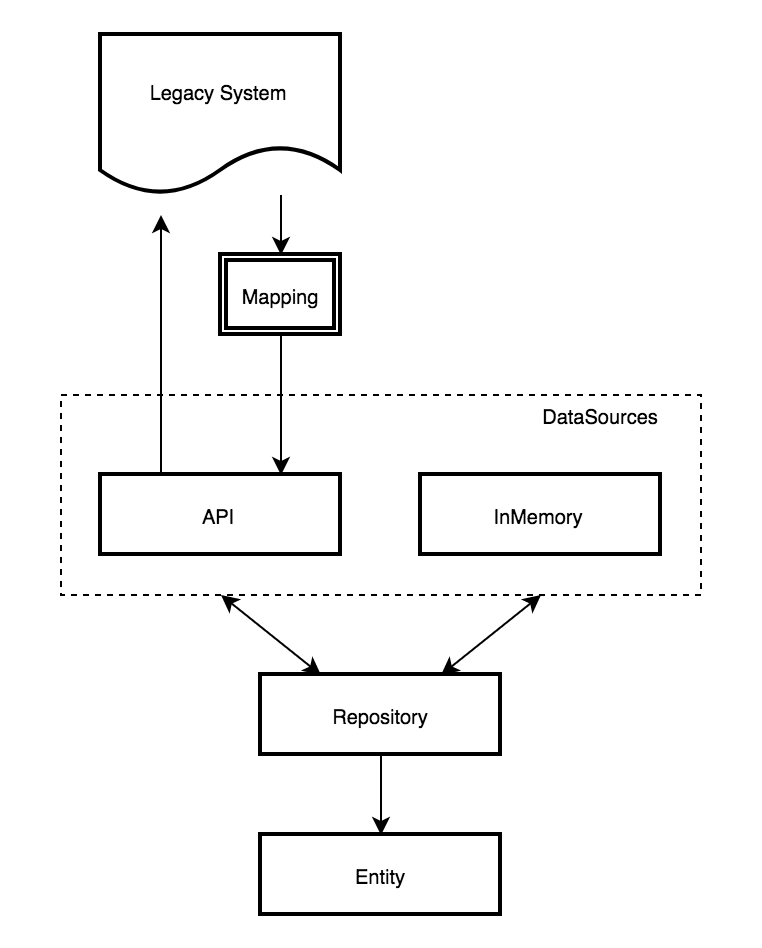
How to protect naming conventions when working with microservices or thirdparty APIs Ruby Blog
The anti-corruption layer (ACL) pattern acts as a mediation layer that translates domain model semantics from one system to another system. It translates the model of the upstream bounded context (monolith) into a model that suits the downstream bounded context (microservice) before
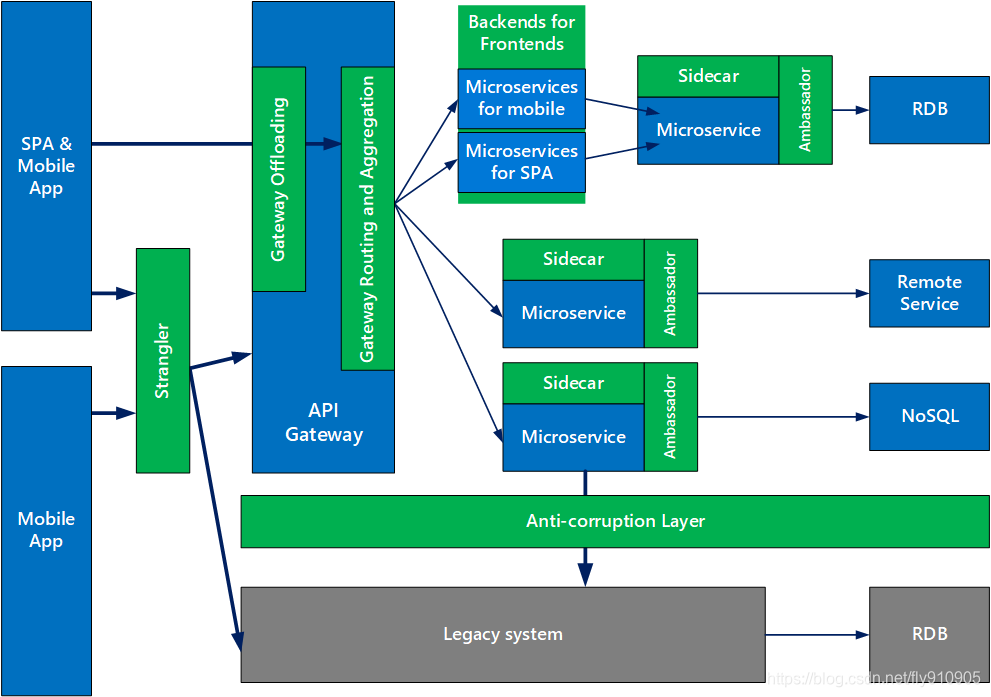
微服务设计模式:反腐层(Anticorruption layer)_微服务防腐层设计CSDN博客
See why thousands of organisations use iHASCO to keep their staff safe, happy & productive. Start Your Free Trial Today. Rated Excellent Online. A Market-Leading Provider.

Anti Corruption Layer
An Anti-Corruption-Layer is a layer between different subsystems that don't share the same semantics. For me, these layers are functions that enhance or transform data just before it enters my global state, or just after it leaves. I'll be demonstrating some simple examples of how I have used anti-corruption-layers to make global state.

KNURE starts anticorruption research The Kharkiv Times
DDD defines an anti-corruption layer is an adapter pattern that isolates one part of a system, known in DDD as a bounded context, from another bounded context. Its job is to ensure that the semantics in one bounded concept do not "corrupt" the other bounded concept's semantics.

7.5 Designing an Anti Corruption Layer Event Driven Microservices YouTube
This video explains what is the Anti Corruption Layer pattern? How you could use the AntiCorruption Layer pattern to avoid causing any corruptions to your sy.
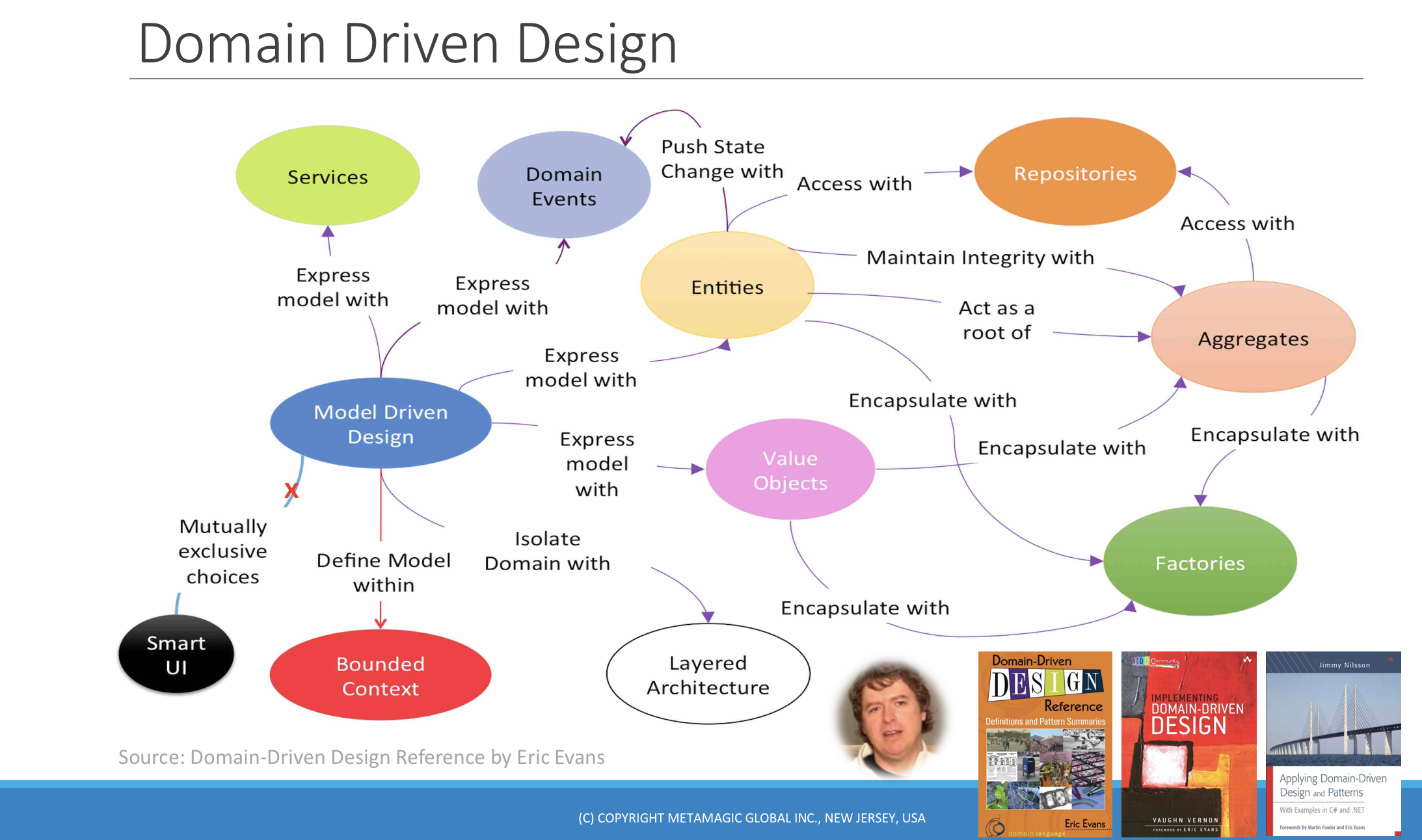
Ddd Example
The anti-corruption layer (ACL) pattern acts as a mediation layer that translates domain model semantics from one system to another system.
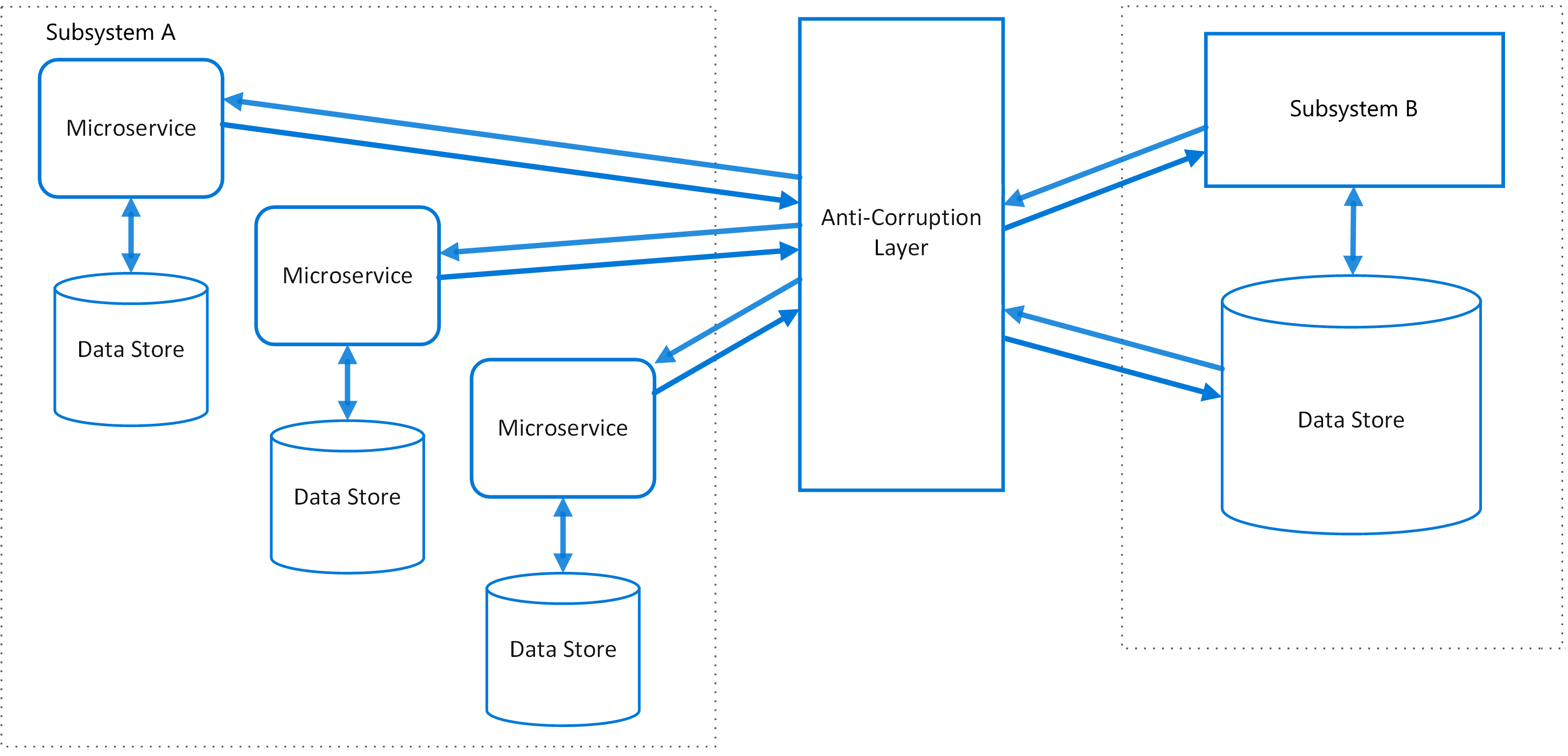
Anticorruption Layer pattern Azure Architecture Center Microsoft Learn
The Anti-Corruption Layer pattern is based on the concept of Domain-Driven Design (DDD). It essentially creates a layer between two services that translates one service's language or.
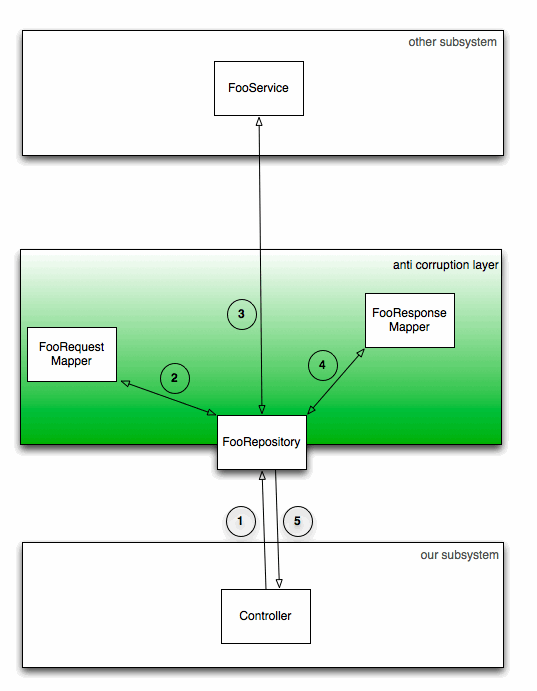
Domain Driven Design Anti Corruption Layer Mark Needham
In this article, we will focus on three design patterns for microservices: Ambassador, Anti-Corruption Layer, and Backends for Frontends. We will discuss their definitions, implementation,.

How to use an AntiCorruption Layer pattern for improved microservices communication by
One way of organizing the design of the ANTICORRUPTION LAYER is as a combination of FACADES, ADAPTERS (both from Gamma et al. 1995), and translators, along with the communication and transport mechanisms usually needed to talk between systems. So, you might find examples by looking at the suggested adapter pattern and facade pattern.

Anti Corruption Layer? The 15 New Answer
The Anti-corruption layer, Gateway Aggregation / Routing patterns | Cloud with Chris. Anti-corruption Layer for mapping between Boundaries. Curated list of awesome articles and resources to learn and practice about software architecture, patterns and principles.

Anti Corruption Layer Pattern. How to use anti corruption layer to… by Chanaka Fernando
An Anti-Corruption Layer combines a set of Façades, Adapters and Translators to isolate a model from corruption by other models it needs to integrate with.

Microservice design patterns TypeScript Microservices
Anti-corruption layer pattern Pattern: Anti-corruption layer Context Problem How do you prevent a legacy monolith's domain model from polluting the domain model of a new service. Forces Solution Define an anti-corruption layer, which translates between the two domain models. Examples Resulting context pattern Follow @MicroSvcArch

Що таке Anti Corruption Layer (ACL)? ITRampage
His illustration of an anti-corruption layer is of the Great Wall of China, and as with any wall like this, we need gateways that allow some things to pass between them. In software terms a gateway allows me to reach through the wall to get the data I need from the YouTube bounded context. But the gateway should be expressed in a way that makes.

domain driven design How to implement an AntiCorruption Layer correctly Stack Overflow
An anti-corruption layer (ACL) is a separate, compartmentalized point of integration between old and new systems. It translates requests between the legacy system and the new one, such that there is no need to tinker with the new system's internals in ways that may undermine its newer design or cause unexpected problems.
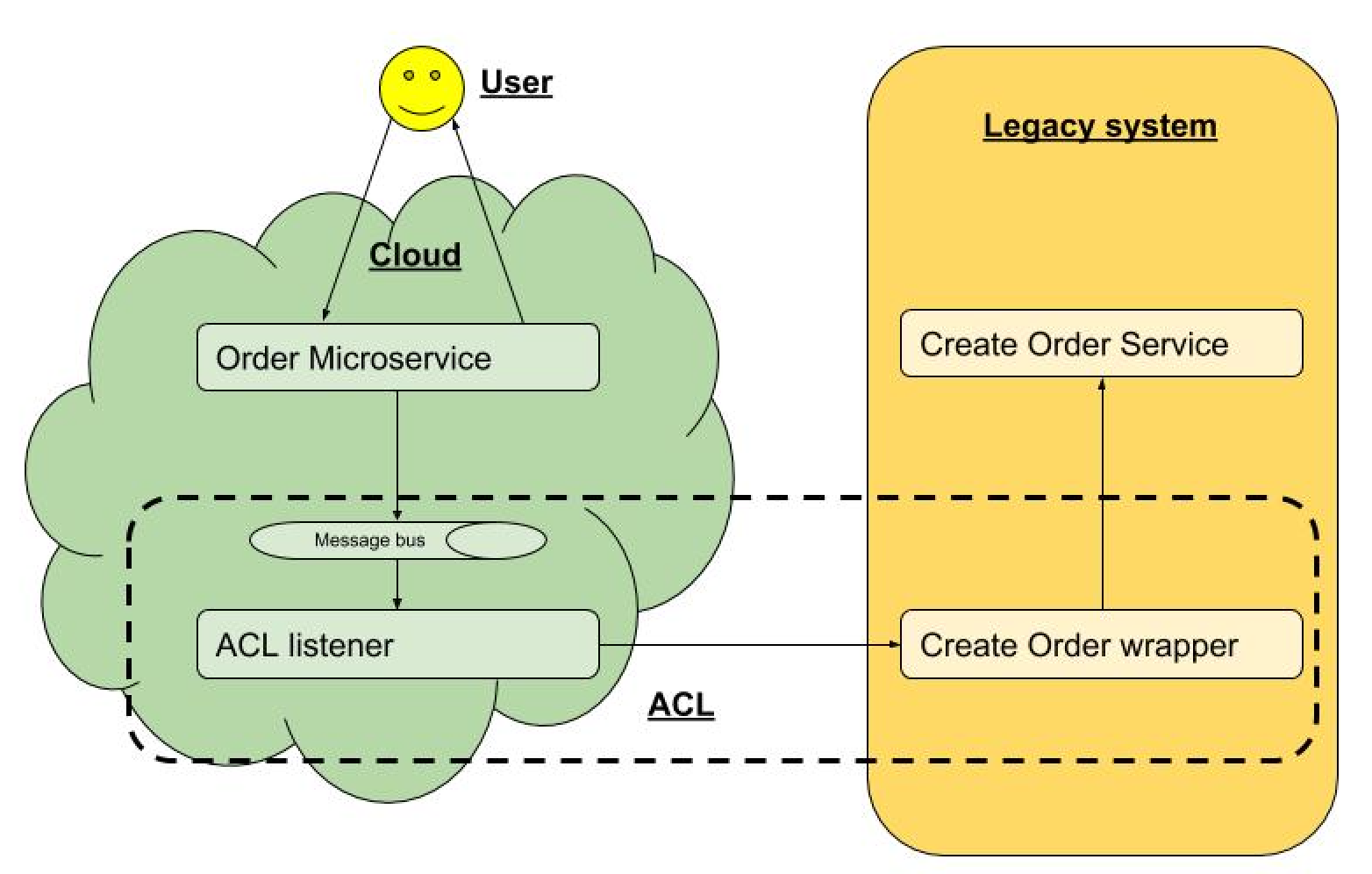
The AntiCorruption Layer — Making Modernization Work
197 This question does not show any research effort; it is unclear or not useful Save this question. Show activity on this post. I'm trying to figure out what the Anti-Corruption layer really means. I know that it's a way to transition/work around legacy code or bad APIs.

Caching Architectures Microservices Caching Patterns System Design Primer
What is Anti-Corruption Layer exactly? At its core, an Anti-Corruption Layer (ACL) is a system design pattern used to maintain the integrity of business data and models by serving as a bridge.